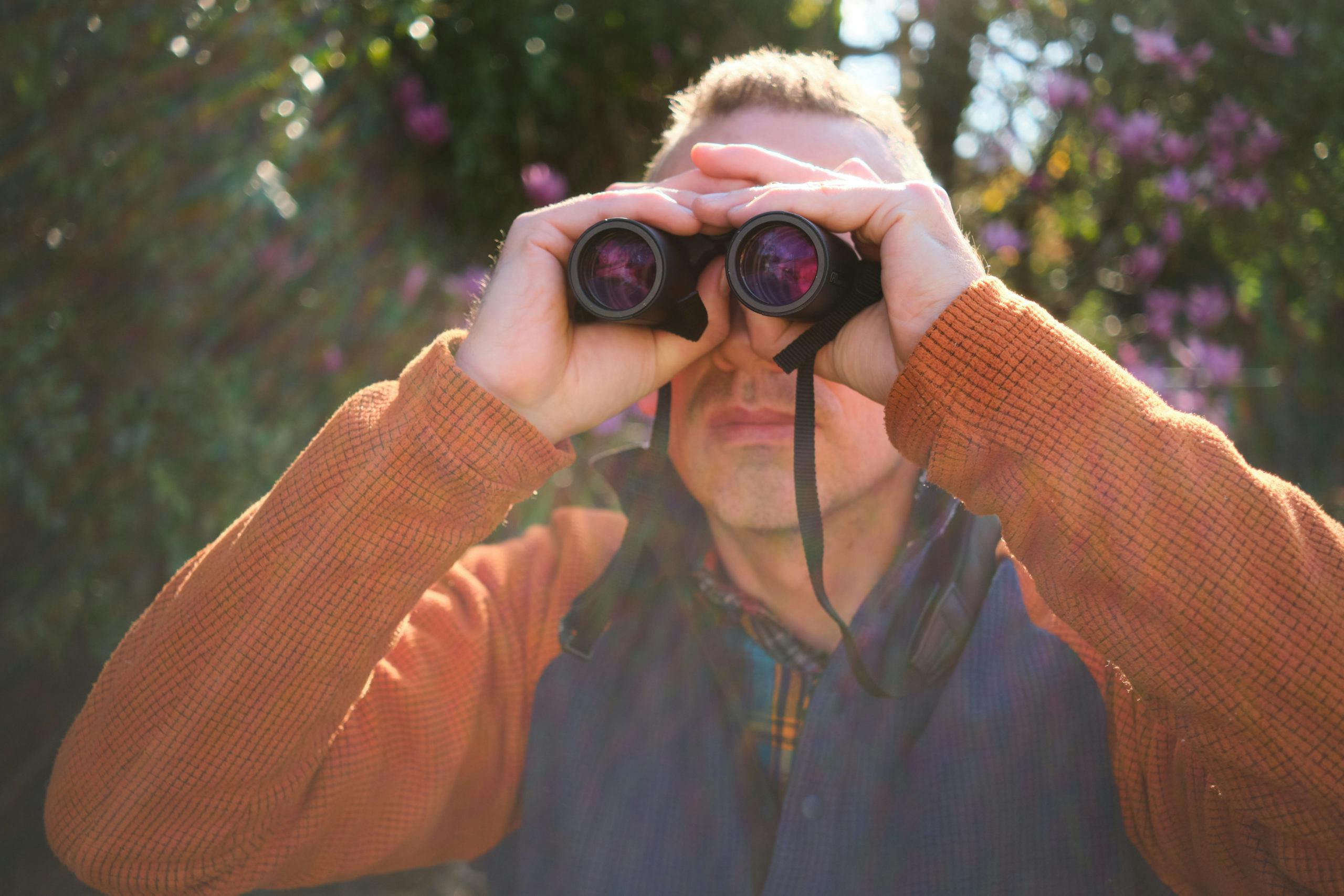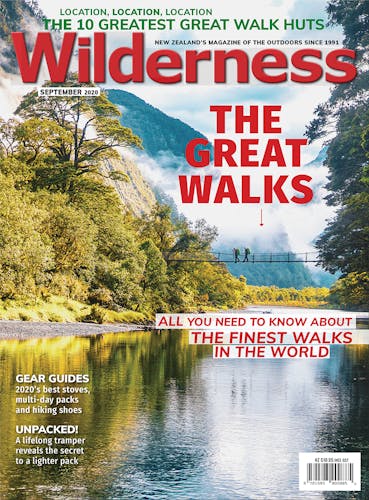For the uninitiated, choosing the right pair of binoculars can be a bewildering experience. Here’s how to pick the right one.
One of the great joys of being outside is the chance to observe wildlife. But because wild animals do not always have the same desire to share the outdoors with us, a pair of binoculars has become a mainstay in my kit.
It’s often hard to justify the additional weight of binoculars, but being able to bring animals closer and to see more of what is going on around me has been worth the extra weight on multiple occasions.
I have spent hours looking at birds only a couple of metres away through my glass. A tui filling up your field of view, with all the detail of the feathers and features magnified, is a stunning sight. Confirming that the distant structure is the hut you are looking for is a navigation and safety benefit.
Here are some of the technical and usage considerations you should take into account before buying your own binoculars.
Magnification and lens
Binoculars have a set of numbers that indicate magnification power and objective lens diameter. For example, 10×42 means the image will be magnified 10 times and the lens diameter is 42mm. The bigger the lens diameter, the more light that is gathered and the brighter the image will be.
While it’s easy to assume that higher numbers are better, I find that beyond 10x magnification it becomes tricky to hold them steady. And while a bigger lens diameter provides a brighter image, it also means more weight. This may not be a concern on a day tramp but on a multi-day trip, it could become a problem.
Binocular size
Binos come in three different size categories:
- Compact: These are often sold to casual users as a lightweight and cheap alternative to a full-sized set. They usually have a lens diameter of less than 30mm. While there are good options, a cheap compact set of binoculars will often mean lower-quality glass and poor image quality, which can result in increased eye fatigue. However, the weight-saving could mean the difference between packing them, or not taking a pair at all.
- Mid-size: Between 30mm and 42mm, these are a bit bigger and heavier, but also tend to offer more light gathering – which means being able to use them during twilight hours or while in the bush, looking into shadows.
- Full-size: These tend to lean towards more specialised uses – more magnification or night time use. Objective lenses of 50mm are common and allow maximum light gathering. They are heavy and are unlikely to be the first choice for carrying in a pack.
The optics
Image quality is dictated by the quality of glass and the coatings applied to it. Expect to pay more for high grade European or Japanese glass. Specialised coatings that reduce glare are also added and provide variations in apparent clarity, contrast, ‘pop’ and resolution.
Exit pupil diameter
Exit pupil diameter is a measure of how much light reaches your eye. A simple calculation is to take the objective diameter and divide it by the magnification. So an 8×42 gives an EPD of 5.25mm and a 10×50 gives a smaller diameter of 5mm. So, while you get more magnification with the 10x, you also lose some of the light-gathering capability so the image may not be as bright.
A pair of 8×56 binoculars (which are likely to be large and heavy) gives us a calculation of 7mm – which is also the maximum pupil aperture of the average human eye.
If you intend to use your binoculars during twilight or even at night-time (when many animals are active), then it is worth getting binoculars with a larger EPD.
Which binoculars?
Choose binoculars that suit your intended use.
- Tramping: Weight is going to be a big consideration. Compact binoculars – 8×25, 10×28 – with a protective rubber coating and a good degree of water-resistance are most suitable.
- Birding: Look for larger objective lenses – a 32 or 42mm – that will let you investigate low light conditions under the tree canopy. Birding binos are often a trade-off between magnification and field of view – how wide you can see in the binoculars. Without good FOV, you may find it harder to spot birds in the first place. Water-resistance and fog-proofing features are desirable.
- Binoculars for viewing wildlife: If you are on foot, a rugged 8×32 or 10×32 are good mixes of magnification, low weight and image clarity. For vehicle-based wildlife encounters, consider a 10×42 or 10×50 for watching just after sunset.








